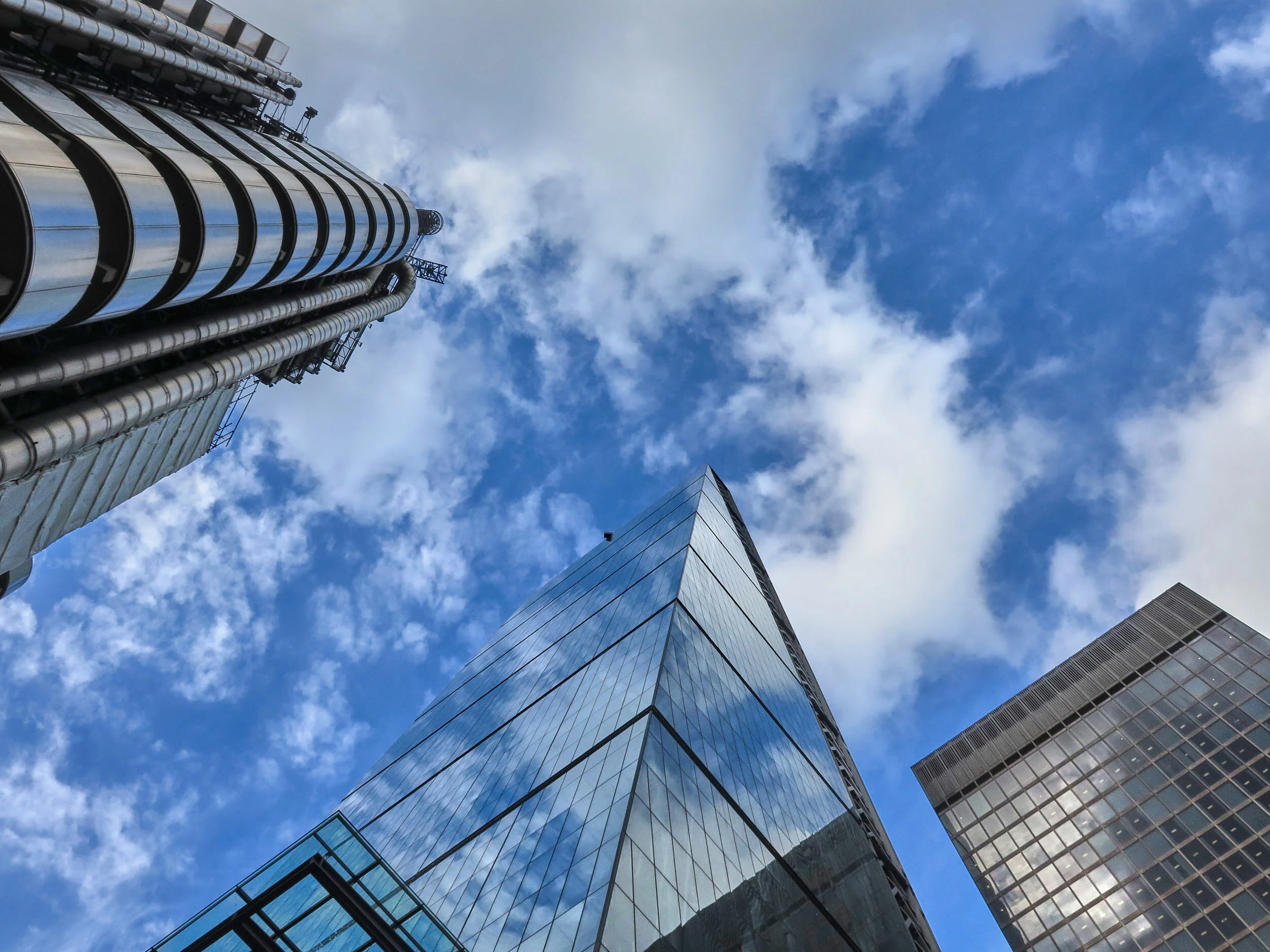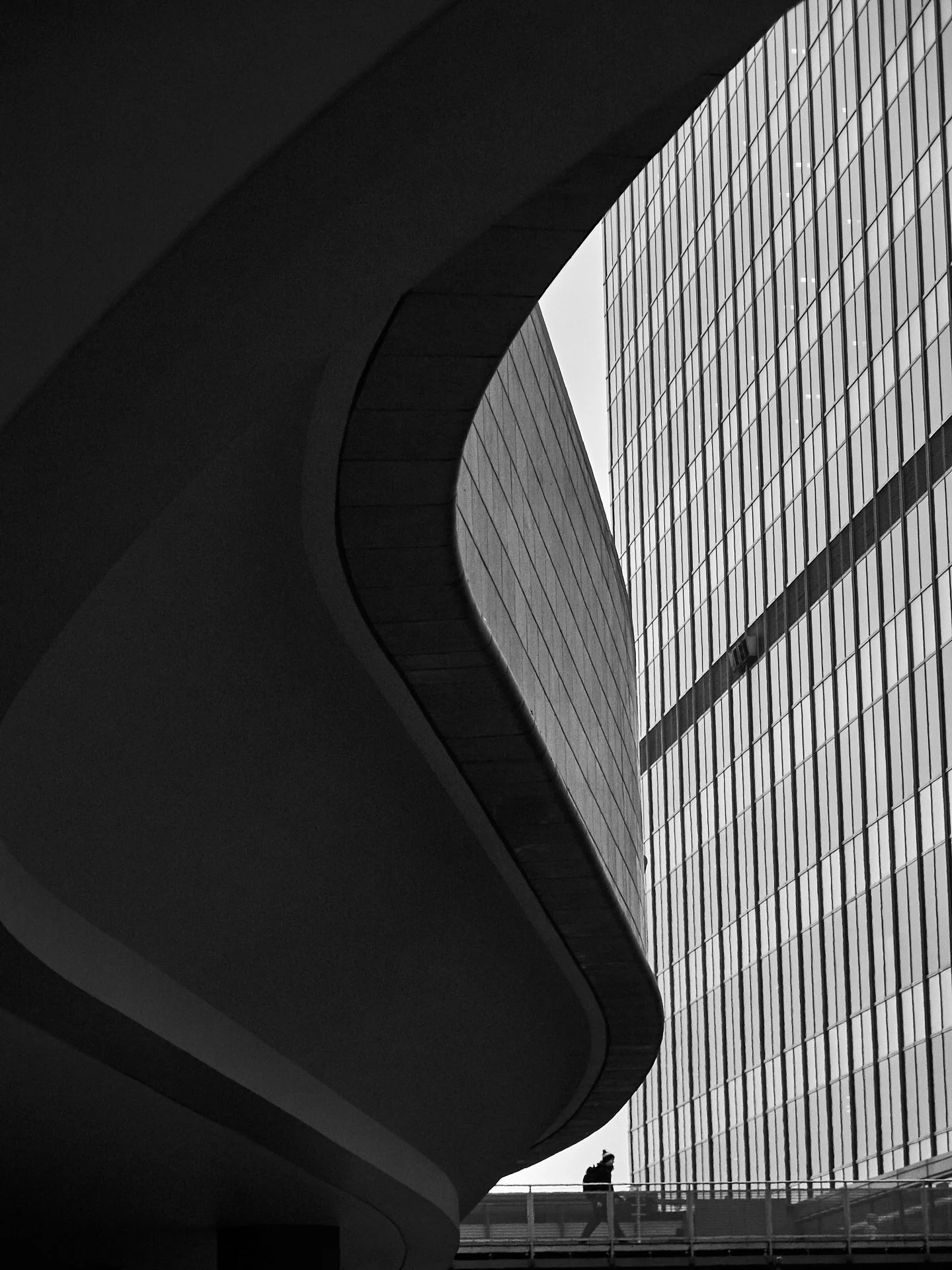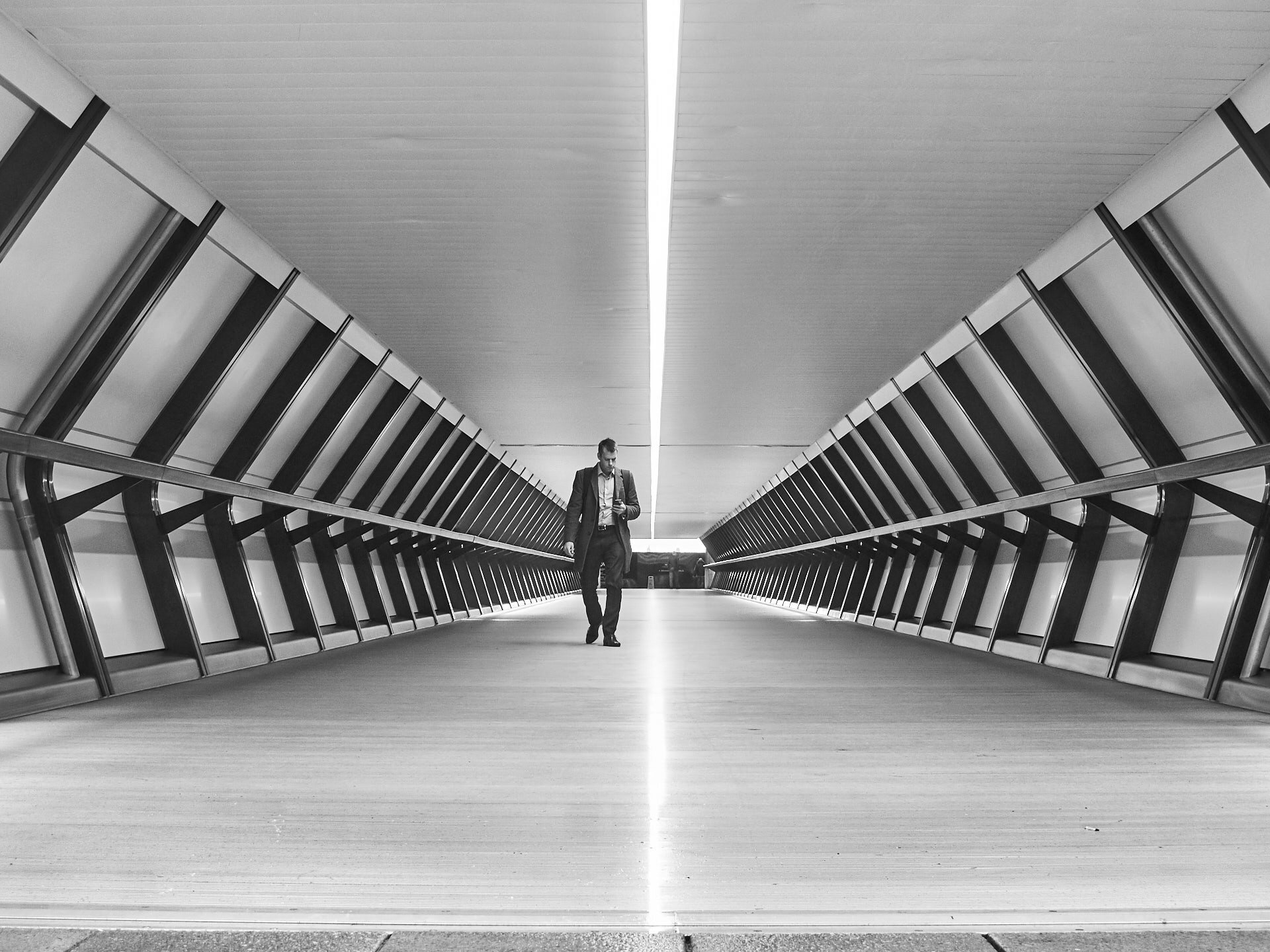Architectural Photography
Like most things in photography, architectural photography isn’t as easy as it seems. When we look at photos we often think “I could do that” and it’s no different with architecture. I often find that people take pictures of buildings as a way of easing themselves in to street photography. It’s not uncommon to feel nervous about photographing strangers in the street so even though that’s actually what people often want to do, they retreat in to the apparently easier option of simply photographing the buildings they see. This is often a stage in the process of someone’s development in exploring their areas of interest as well as finding their confidence as a photographer.
However, I think it’s hugely beneficial if you can identify your interests early on and focus your energy on specific genres with a clear idea of your own aims. If your interest is street photography and shooting people, then that’s the skillset and style you should develop. If you’re genuinely interested in photographing buildings and architecture, then you need to think about approaching your subject matter in a very different way to how you would shoot on the street.
Architectural photography is all about scale, perspective and design in my opinion. But that’s not to say the detail should be overlooked as there’s plenty of interesting stuff if you look closely.
One of my favourite locations to take pictures of interesting buildings is in the City of London. With a rich architectural history that reflects the fascinating social history of this area, it is full of architectural gems, both old and new. Especially when it comes to tall buildings and skyscrapers, the obvious perspective is to look up as in the shot above of the Lloyds building and it’s neighbours the Leadenhall Building and the Aviva Tower. The same applies to many of the older buildings in the City. Indeed, this is a perspective that can easily be overlooked but can offer some unexpected and often rewarding surprises, often in the form of hidden statues or sculptures. Below are a few examples of some great, often overlooked architectural details in the City of London.
Gargoyle on the roof of a building, City of London
Ariel statue at Tivoli Corner, City of London
Dragon on top of a column in Leadenhall Market, City of London
Photographing architecture can also present fantastic opportunities for both black and white and abstract images. The forms and lines within architectural design can be subject matter within themselves, as in the image to the left. But more often they are compositional elements leading the eye through a frame to a particular point of interest, as in the image to the right where the S shaped curve draws the viewer to the figure at the bottom of the frame.
Looking for the relationships between forms can be a useful way to add interest. In both of the these images, I’ve tried to juxtapose the smooth curves in the foreground with the more regimental, rigid formality of the buildings in the background.
In both these images, the conversion to Black and White has also helped in removing any distractions which colour can represent. The overcast sky also adds little value in these shots so is best used as a blank canvas against which the architecture is the main focus.
The inclusion of a figure adds scale and the shadows and branches help frame the building
One thing that I find interesting when it comes to discussions about defining certain genres in photography is how opinions can differ so hugely. I once met someone on a workshop I was running who told me about a landscape workshop they had previously been on. The photographer running that workshop had said that as soon as an image contained a person, he no longer considered it a Landscape Photograph. Of course, everyone has their own way of doing things but I personally don’t go in for such strict definitions. In fact, when it comes to Landscape, and possibly even more so Architecture, my personal preference is to include people. Architecture is after all designed by and for people and the built environment would be pretty sterile and lifeless if there were no people interacting with it. Including people gives a sense of scale and forms a connection with the built environment on a subconscious level.
Arguably, the inclusion of people starts to veer towards Street Photography in terms of style and genre. But like most things photographic, there is the potential for things to overlap and cross over between genres. That’s why I tend to avoid overly strict definitions and encourage people to define their own work in a way that makes sense to them.
I run workshops and also guided walks around the City of London which focus mainly on Street Photography but are also great opportunities for Architectural Photography
The slow shutter speed adds a sense of business as the people move through this walkway in the Docklands
The lone figure framed by the futuristic design adds a sense of scale









